There are serious health risks to eating undercooked chicken (and it’s not tasty either)! If you’re wondering how to tell if chicken is undercooked take a look at the signs below and skip the taste test. Even a small bite can be dangerous!
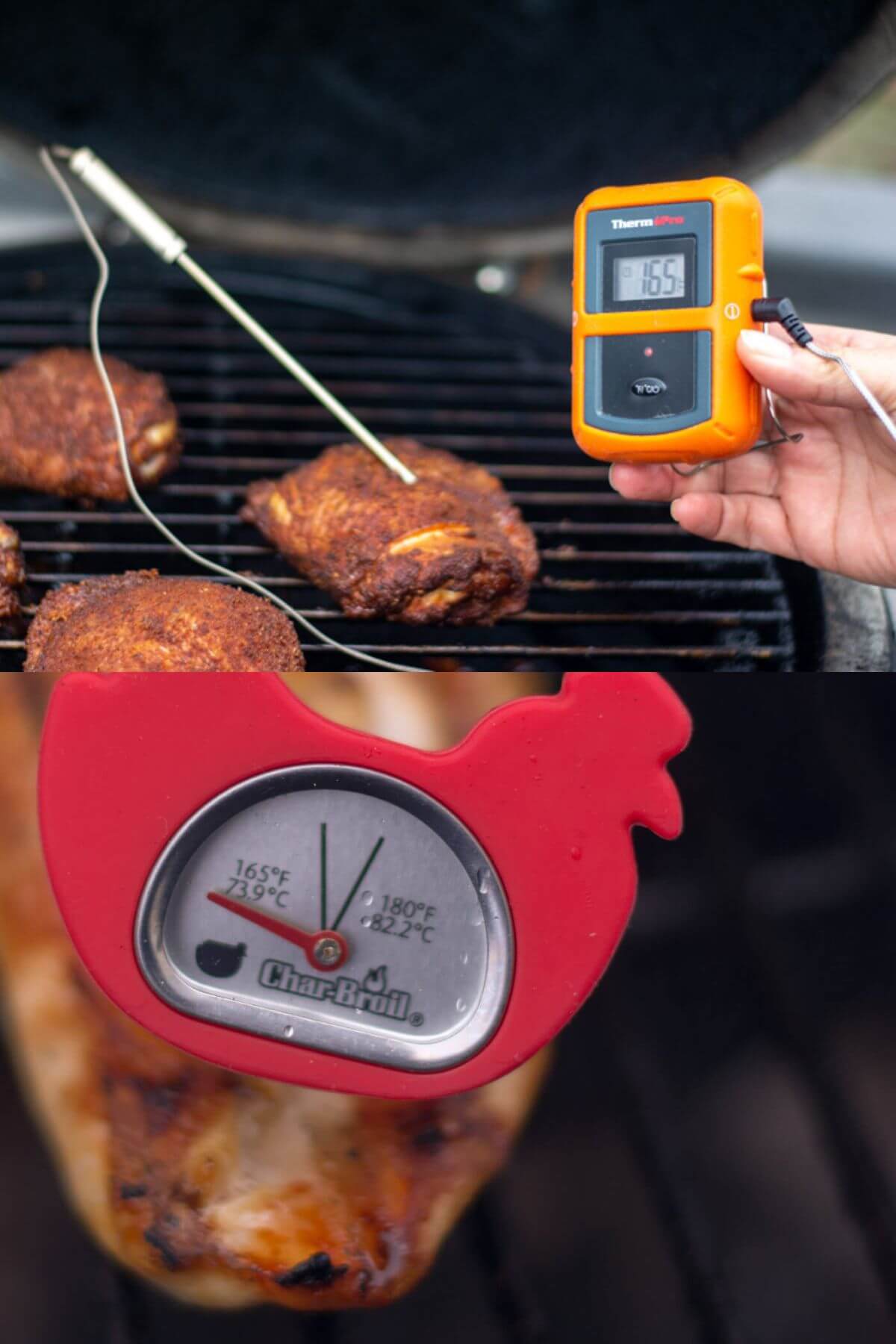
🌡️ What Is The Safe Internal Temperature For Cooked Chicken?
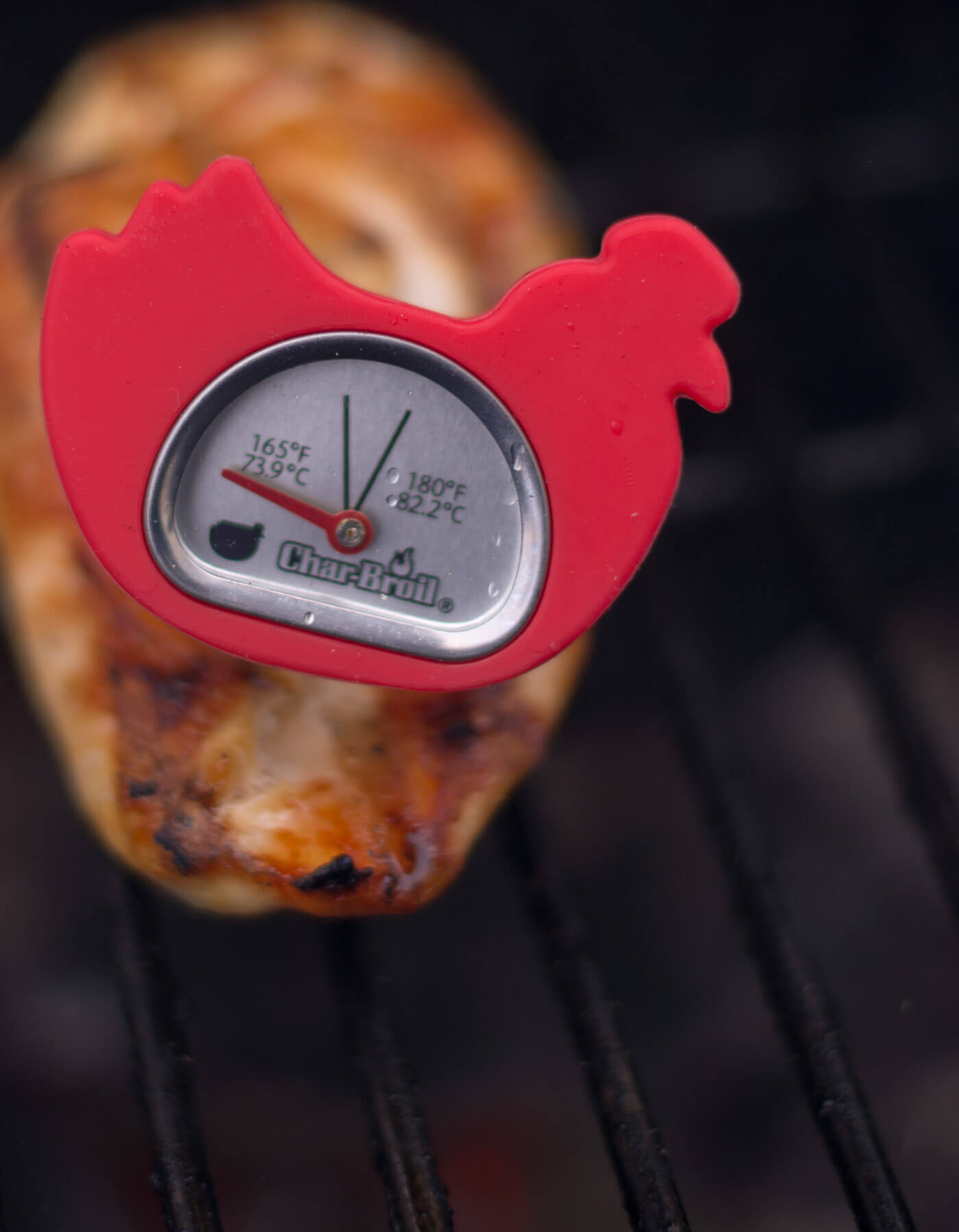
Raw or undercooked chicken is not safe to eat under any circumstances. It’s a breeding ground for bacteria such as salmonella and campylobacter. According to the USDA, the safe internal temperature for chicken is 165°F.
However, giblets and bone-in parts such as legs and wings benefit from being cooked to a higher internal temperature. These parts are rich in connective tissues and a higher internal temperature is needed for them to have the best texture.
Whenever you plan on cooking chicken, check out the table below to find out the perfect internal temperature for your meat.
| Meat Type | Internal Temperature |
|---|---|
| Chicken Breast | 165°F |
| Ground Chicken | 165°F |
| Chicken Stuffing | 165°F |
| Chicken Legs | 175°F |
| Chicken Wings | 175°F |
| Whole Chicken | 165°F |
| Stuffed Chicken | 165°F |
🍗 What Does It Taste Like?
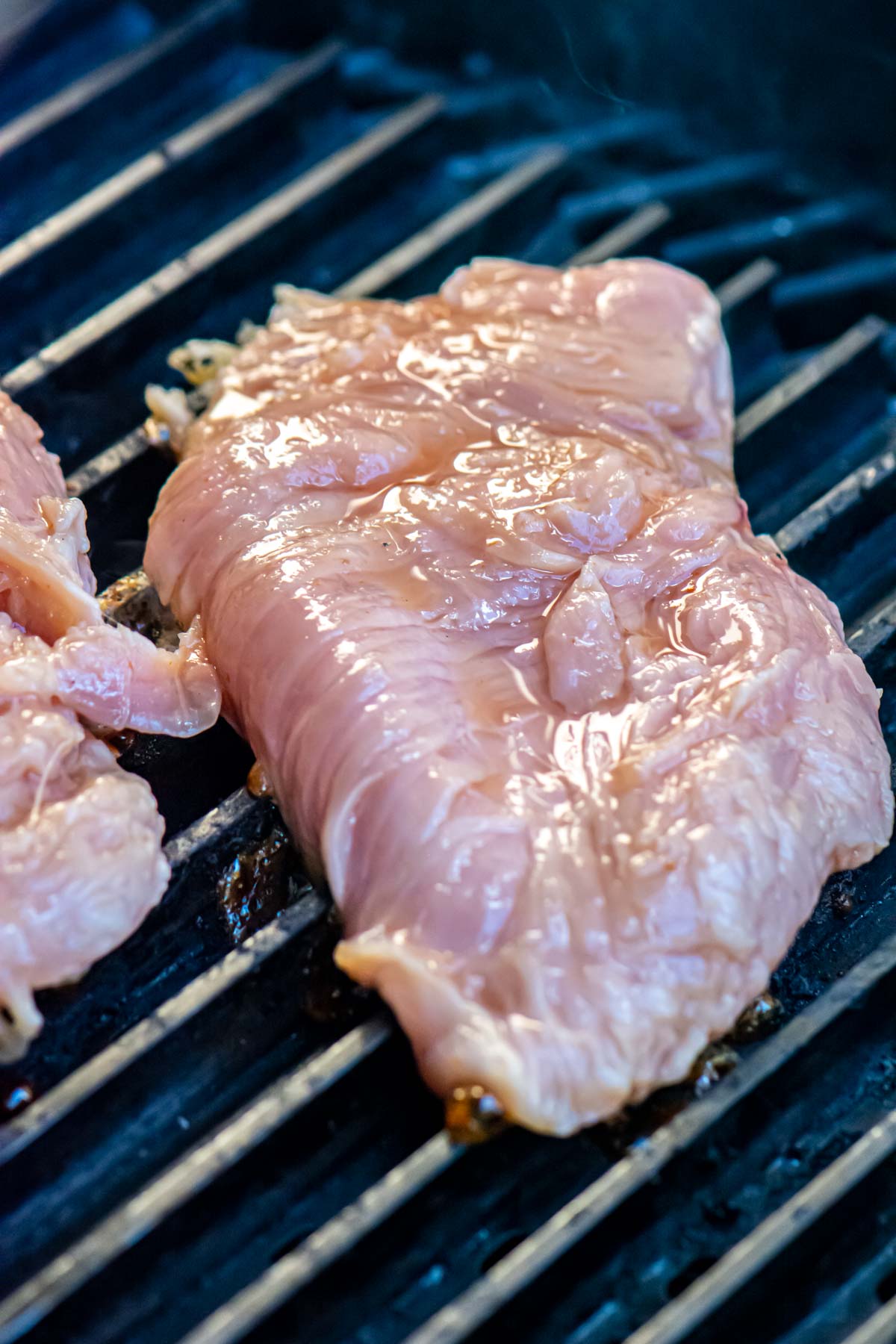
I don’t recommend taste testing chicken to see if it’s undercooked.
Undercooked chicken is bland because raw meat usually lacks flavor. It can also be chewy, and slimy. It is just GROSS!
🗈 How To Tell If Chicken Is Undercooked
Chicken tastes great, especially when grilled, but only if it’s properly cooked! Even more, eating raw chicken meat can lead to food poisoning.
This is why it’s important to be able to tell if it’s well done or it needs to cook a little longer.
Let’s discuss the signs of undercooked chicken so you can always make sure it turns out perfect!
Color
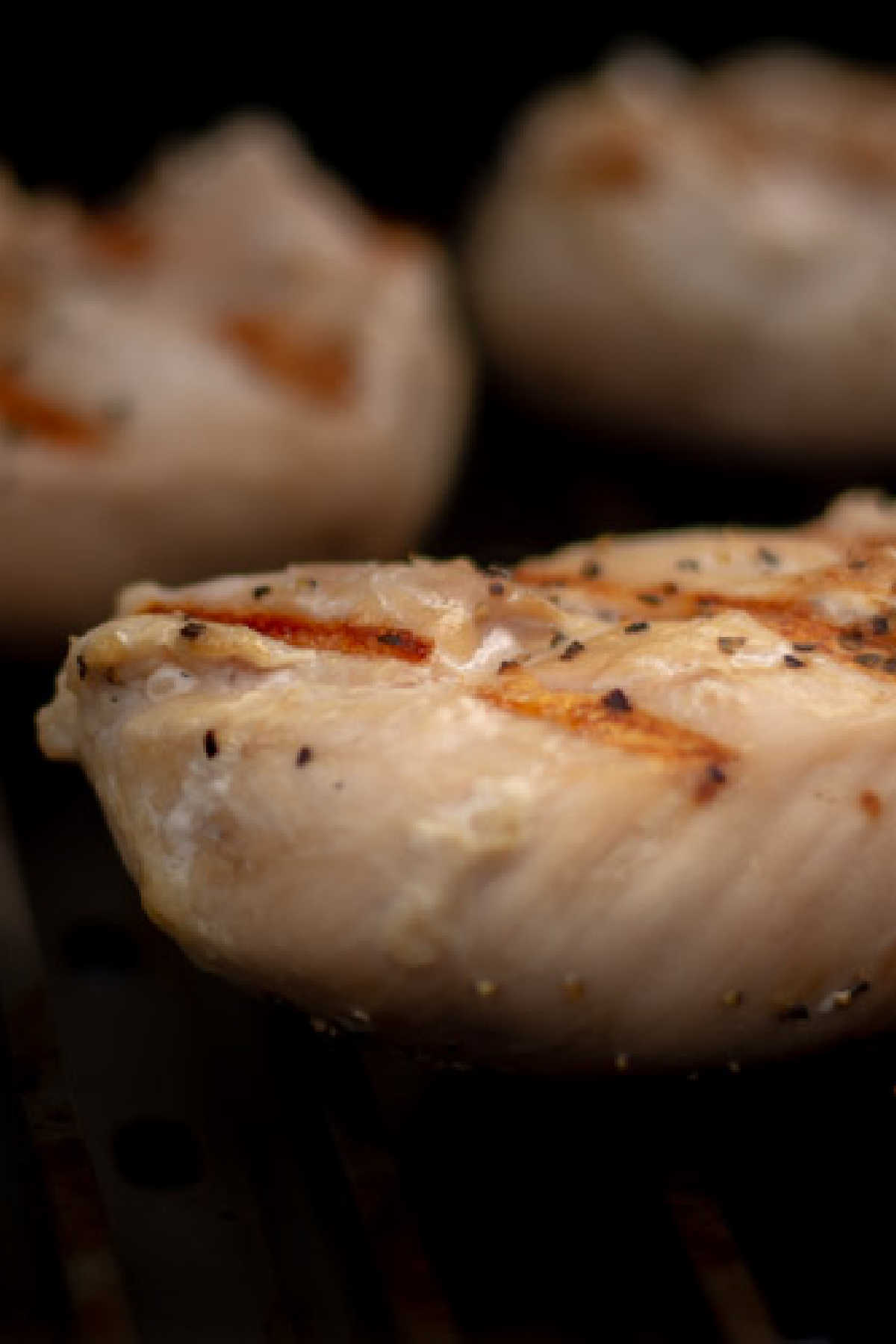
Chicken meat turns white when it’s cooked through and the juices should run clear with no blood or pink hues.
Cooked skin becomes white when boiled or golden-brown when grilled or baked. Of course, you should always check the meat and juices to make sure the thickest parts are fully cooked.
Even if slightly undercooked, the meat will be pinkish and not fully white.
Texture
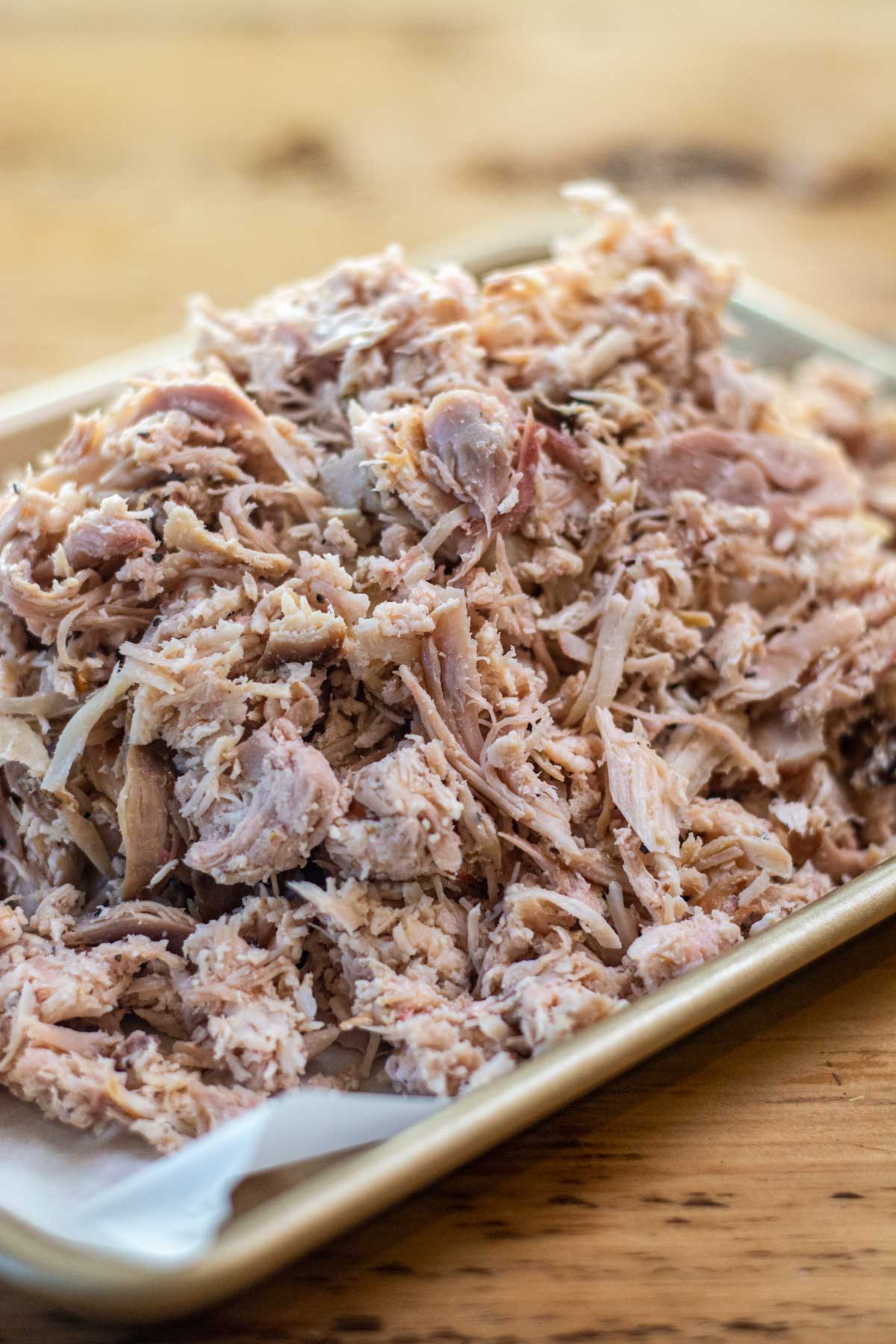
Cooked chicken has a firm texture and in contrast, undercooked poultry meat feels rubbery and even slimy.
As it cooks, a lot of moisture will evaporate, causing the meat to firm up. For baked and grilled chicken, the skin may become crispy.
Shrinking
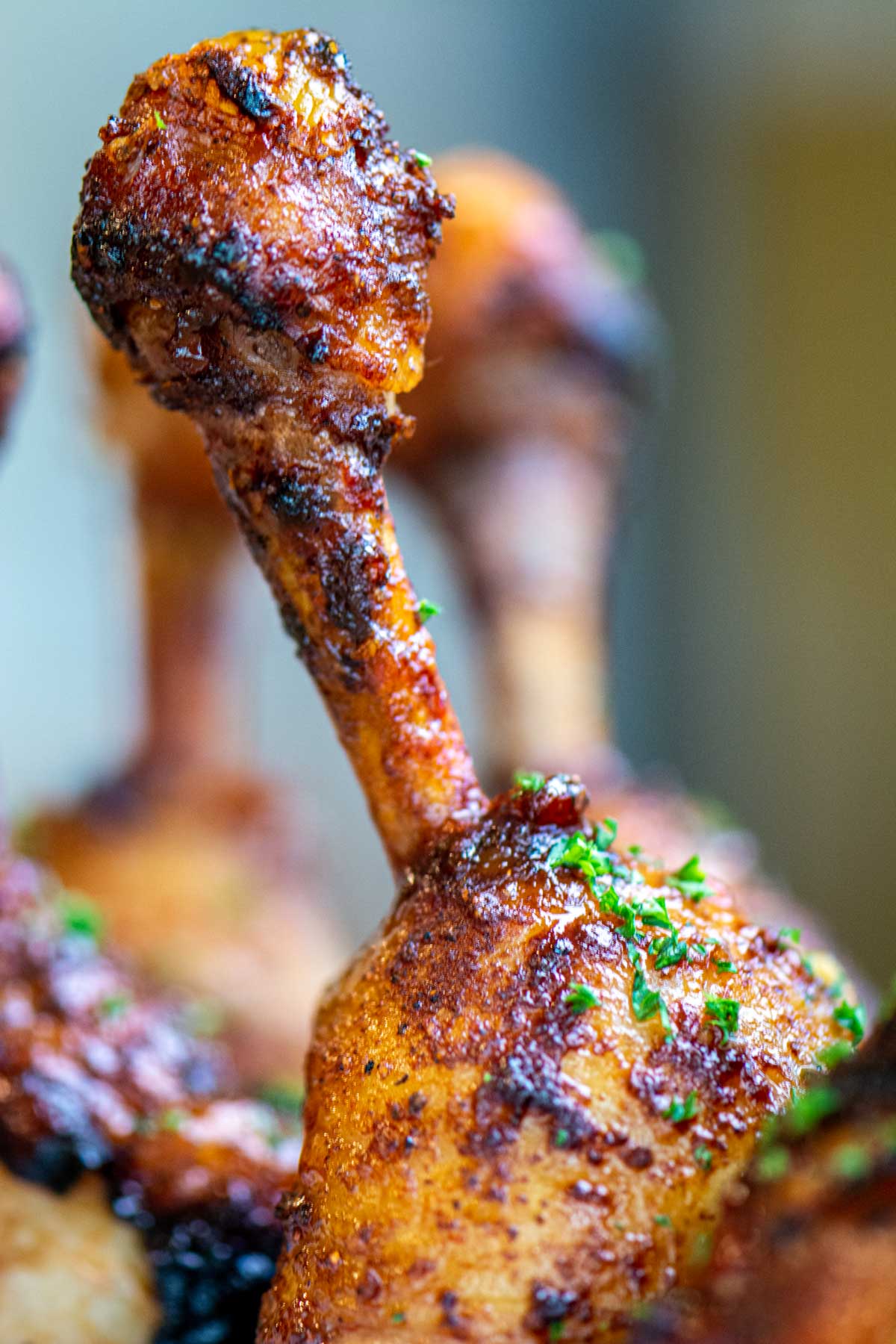
Raw meat has a high water content and can shrink a lot when cooked, chicken included.
Once the recommended cooking time has past, look at your chicken and see if it appears smaller and lighter.
For bone-in chicken, the meat will reveal more bone when cooked, so that’s another sign it’s time to remove it from the heat.
Time
Any recipe has a recommended cooking time at a certain temperature or flame intensity, depending on the method used.
It’s best you respect the original cooking time and check if the chicken is done in the final moments of cooking.
If you’re a BBQ fan, check out our grilled chicken temperature chart! It has the cooking times and grill temperatures for whole chicken, spatchcock chicken, and chicken parts.
Temperature
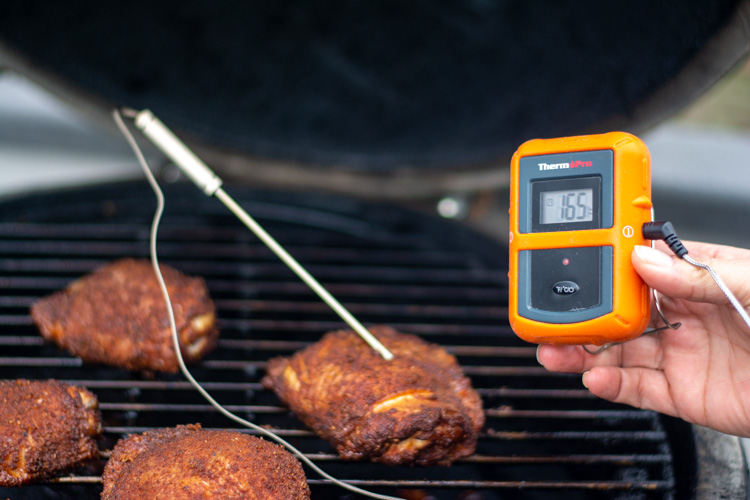
A digital meat thermometer is the safest way to know your chicken is fully cooked. To be safe to eat, it needs to reach an internal temperature of 165°F.
This temperature is needed to kill bacteria that could otherwise cause food poisoning. Bone-in chicken parts and giblets will have a better texture when cooked to 175°F.
Consult our guide on how long to grill chicken to find out grilling instructions for whole chicken and chicken parts!
🍳 How To Fix
Now you know how to tell if chicken is undercooked but what can be done when that actually happens?
How you proceed will vary between recipes and cooking methods.
The good news is, there’s always a way to solve this problem and no matter what, you should aim for at least 165°F internal temperature.
- Soups, stews, and curries – Any chicken recipe that’s rich in sauce or broth can be brought to a quick boil again until the meat cooks through.
- Oven – Grilled, pan-fried, and roasted chicken can be cooked one more time in the oven. If the chicken is already well cooked on the outside, you can wrap it in aluminum foil before placing it in the oven.
- In a pan – Sliced or diced chicken meat can be quickly brought up to a safe internal temperature in a pan.
- On the grill – For grilled chicken that’s a bit undercooked in the middle can be grilled again. To prevent it from getting burned you can set up an indirect heating zone.
- Re-fried chicken – If you made fried chicken and it’s only partly cooked, it’s totally fine to fry it one more time. Alternatively, you can finish it in the oven.
- In the microwave – Cook on high for a few minutes and check the internal temperature using a meat thermometer.
✔️ Mistakes To Avoid
There are a few more things you should know when dealing with undercooked chicken.
- Any partially cooked chicken should be brought up to a safe temperature as soon as possible.
- Don’t store cooked and undercooked chicken in the same container.
- Be careful when re-cooking chicken. If you have a digital thermometer use it to make sure it’s safe to eat but not overcooked.
- Don’t refrigerate undercooked chicken. The only safe option is to recook it right away.
- Don’t leave undercooked chicken on the counter for more than two hours. The best approach is to re-cook it immediately.
- Use different sets of utensils when handling cooked and undercooked chicken. It’s less convenient but it does prevent the spread of bacteria on your cooked chicken.
What Happens If You Eat Undercooked Chicken?
Eating undercooked chicken (even in small amounts) can lead to food poisoning. The symptoms vary depending on the severity of the illness. Here are the most common ones:
Stomach pain – This symptom appears between 8-72 hours after eating raw chicken meat.
Diarrhea – One of the most common food poisoning symptoms, diarrhea consists of loose bowel movements that occur more than three times in 24 hours. Left untreated, diarrhea can be dangerous so make sure you seek help if it’s too severe.
Vomiting – Eating undercooked meat can also cause vomiting and it can start a few hours after.
Fever – As your body is trying to fight off the infection, your body temperature might increase to 100ºF or more.
❓F.A.Q.
Chicken meat can be a little pink even when it’s cooked. In general, cooked chicken meat will be white, but there can be exceptions.
Measuring the internal temperature is the best way to find out if your chicken is properly cooked. Your thermometer needs to read at least 165°F for chicken to be safe to eat.
Pink meat should be used as a clue for chicken doneness with other indicators such as texture, color, cooking time, and temperature.
Yes! Re-cooking chicken shouldn’t change its flavor, as long as it has reached an internal temperature of at least 165°F.
Ideally, you should fix undercooked chicken as soon as possible, if you’re looking to preserve the original taste and texture.
Yes. This can happen with high heat cooking when the outside of the chicken gets the desired gold or brown shade while the inside turns white without having enough time to fully cook.
The safest way to tell if your chicken is properly cooked is by using a meat thermometer.
If your chicken is rubbery but also white in color, it’s probably overcooked. Prolonged exposure to heat can remove too much moisture from the chicken, causing the proteins to lose elasticity and become rubbery.
Symptoms can appear anywhere between 6 hours and 10 days after ingesting contaminated food. In most cases, they start within the 12-36 hours range.
Final Words
It’s important to know how to tell if chicken is undercooked but there are other important things to consider.
Following the cooking instructions of a recipe and using a meat thermometer are the best ways to prevent consuming undercooked chicken.
When in doubt, check the signs of undercooked chicken: color, texture, cooking time, and internal temperature.
If you find even a few pieces that are only half-cooked, it’s a good idea to cook them one more time as soon as possible. No flavor loss should occur and you’ll still get an enjoyable meal!
Related Articles

Jason’s been firing up the grill for over 30 years after graduating from the US Coast Guard Academy. His love of finely-grilled steak and chicken led him to buy his first Weber grill to put on his apartment patio in 1992. Each military move led to a new grill (a mixture of gas and charcoal) until he fell in love with the Big Green Egg in 2008. Since then, he has added another 4 grills to the collection. Yes, he has a problem. Jason loves smoking in the ceramic BGE with exotic woods including olive wood from Egypt and hard to find varieties such as sassafras and orange wood. Jason takes the term “foodie” to a whole new level, jumping at the chance to take food tours and cooking classes during foreign travels. These have provided inspiration to incorporate new ideas into recipes when he gets back home. He has been featured in Fox News, Parade, Yahoo News, Kansas City Living and more. After retiring from the military and moving to southwest Florida, he has focused grilling and smoking locally sourced meats and fish (read: he likes to catch his own fish!)

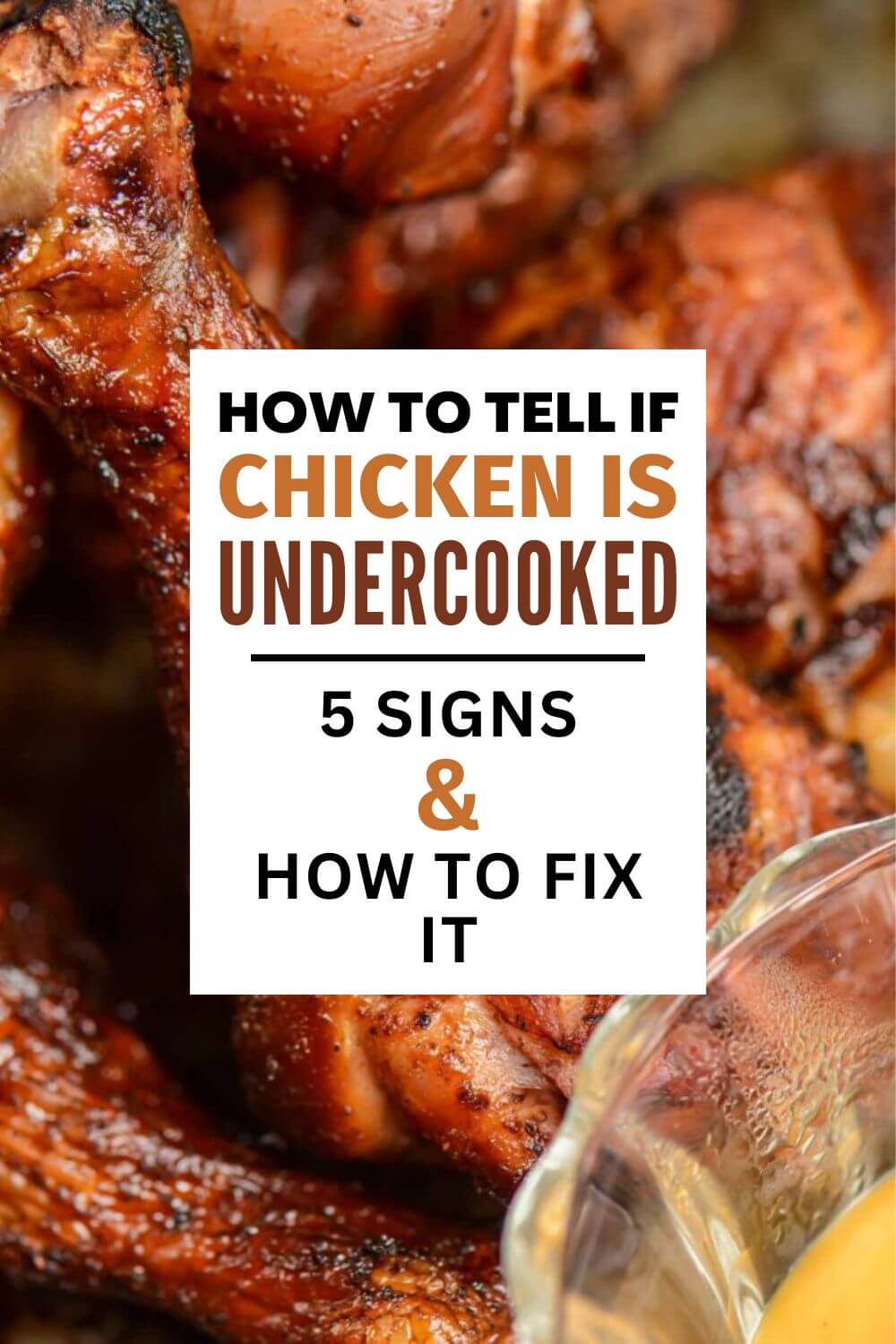





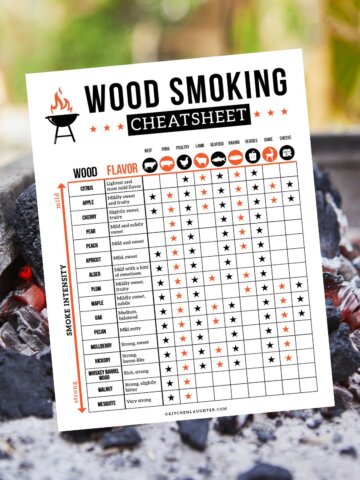
Leave a Reply